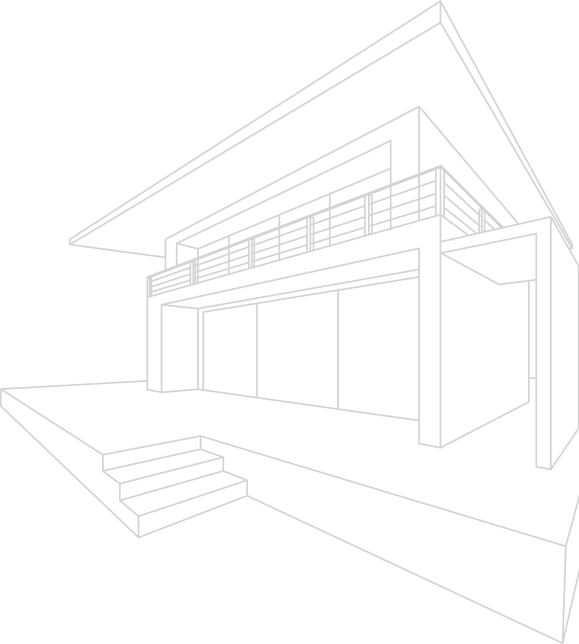Can You Put Hardwood Over Tile
The answer to the question "Can you put hardwood flooring over tile" is yes! Just like putting tile over tile or laminate over tile, this process, while possible, requires careful planning and preparation to ensure that the new flooring is installed properly over the existing tile floor and will last for years with minimal maintenance. Before fully diving into the process of putting hardwood over tile there are some things you need to know.
Disclaimer: We have partnered with Amazon to bring you these products and in doing so we receive a small commission when you buy a product from one of our links. As an Amazon Associate, we earn from qualifying purchases.
Click this link for quick access to Amazon: Amazon
What are the different ways hardwood flooring can be placed over tile?
Putting wood flooring over existing tile floors is a great way to update the look of your home. There are several different ways you can do this, depending on what kind of tile floor and wood floor you have. Let's take a look at them.
Glued Down
One of the most popular methods for hardwood floor installation is having it glued down. This method involves applying an adhesive to the back of the hardwood planks and then pressing them firmly into place on top of your existing tile.
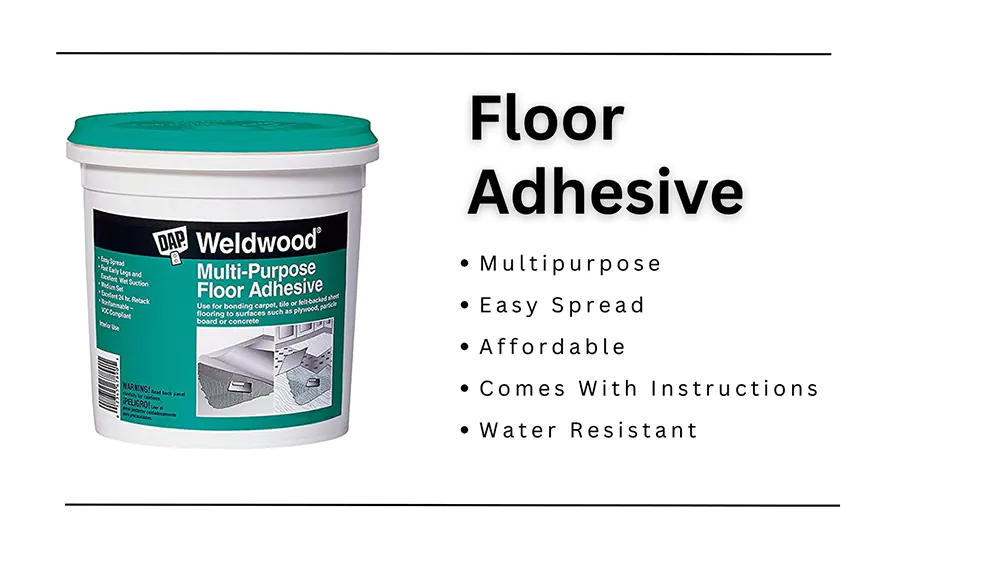
It's important to use a high-quality adhesive that's designed specifically for this purpose, as it will help ensure that your new floors stay in place and last for years to come.
Additionally, you should make sure that all surfaces are clean before beginning so that there is no dust or dirt trapped beneath the wood. Once everything has been laid out correctly, allow the glue to dry completely before walking on or using any furniture on it.
Interlock System
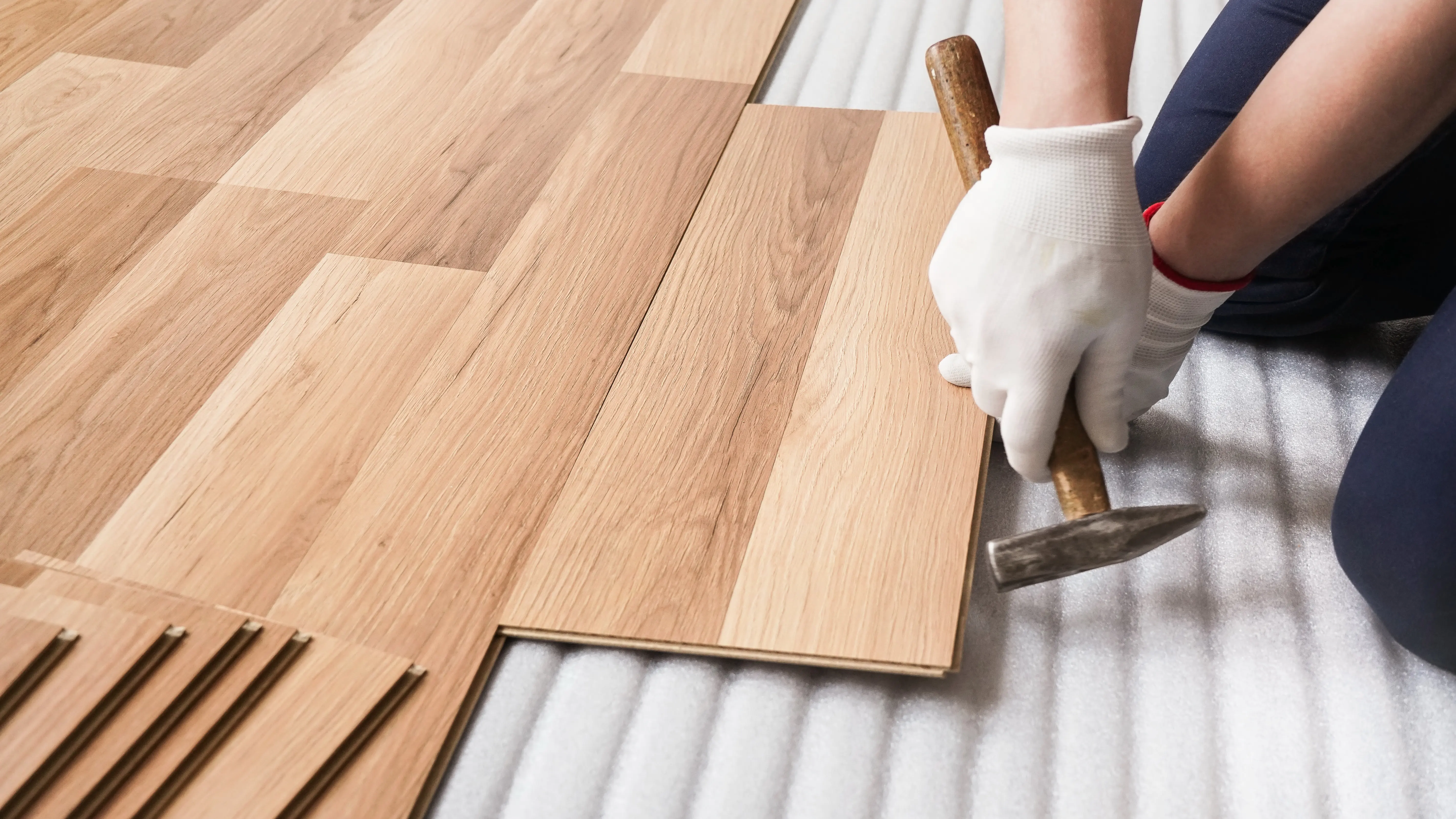
The interlock system is another popular option to install hardwood floors over tile. This method involves laying down a layer of foam padding on top of the existing tile and then attaching the new planks to each other using an interlocking tongue-and-groove system. This creates a floating floor that isn't attached to the subfloor but instead rests on top.
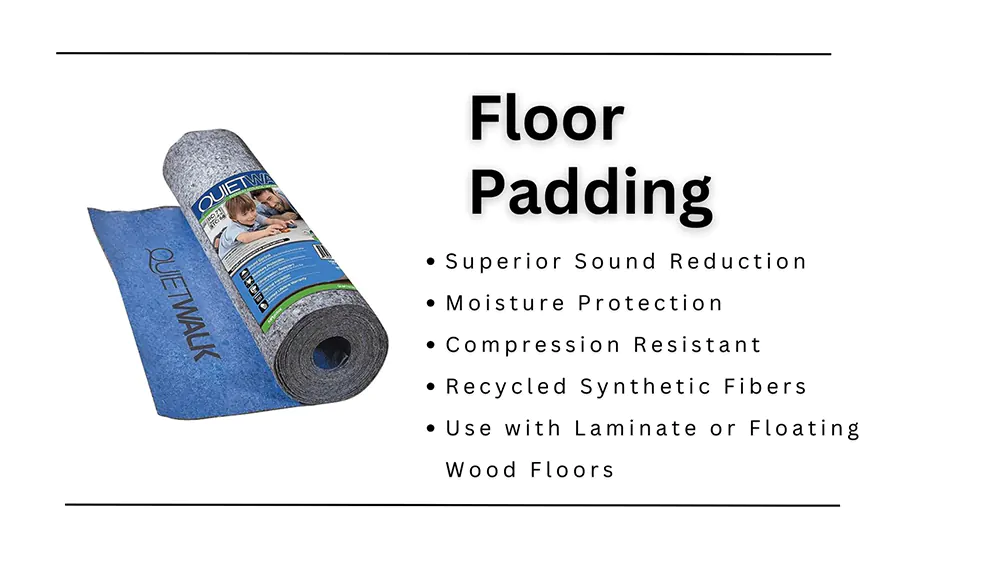
The advantage of this system is that it's much easier and faster than gluing down individual planks as you don't need to worry about lining them up perfectly or waiting for glue to dry in between. Additionally, if any repairs are needed in the future they can be done quickly without having to remove large sections of wood flooring all at once.
Important factors to keep in mind when installing a hardwood floor over tile flooring
You must keep in mind a few important things before beginning the installation process of hardwood floor over tile floors. From the type of adhesive used to the thickness of the foam padding underneath, here are some key points when installing wood flooring over tile floors.
- The existing subfloor must be level and free from debris or dirt before beginning the installation process. This is to ensure that you start your installation with a proper subfloor and not an uneven subfloor. Any large cracks or dips in the subfloor should be filled in with a self-leveling compound to ensure that the planks are laid down evenly and securely or major damage and tripping hazards could occur.
- It's important to use a high-quality adhesive designed specifically for wood flooring to ensure the planks stay in place and last for years and keep your new floors in good shape.
- If you're using an interlock system for this installation, make sure to use foam padding of at least 1/8 inch thickness, as this will help provide cushion under the new flooring and prevent damage to the existing floors beneath.
- Allow the glue to dry completely before walking on or using any furniture in the room. This is important for the glued-down boards as it ensures a secure and lasting installation of your new wood floor.
How should I know if installing hardwood flooring over tile is right for me?
Deciding to install hardwood floors over tile is a great way to update your home, but it’s important to make sure it’s the right choice for you. Several factors should be taken into consideration before opting for this renovation project, including budget, longevity of the materials used, and ease of installation. feel free to reach out if you have any questions or concerns through out the entire process.
It's important to consider how much foot traffic your space gets as well as its overall aesthetic appeal. By taking all these considerations into account when making your decision, you can ensure that you'll get the best possible outcome from your project.
Pros Vs. Cons
PROS:
- It is a relatively easy process that does not require as much effort or cost as removing old tile flooring and installing new tile flooring.
- Depending on the method used, it can be done quickly and efficiently. Glued-down planks will stay in place for years if the adhesive is of high quality while interlocking systems are easy to put together and can easily be taken apart should any repairs need to be made in the future.
- Wood floors add value to your home and can make it more attractive to potential buyers should you decide to sell in the future.
- There are many different styles, colors, and textures available when it comes to hardwood flooring so you can easily find one that fits your style.
CONS:
- Installing hardwood flooring over existing tile may put extra strain on your subfloor if it is not level or has any major dips or cracks. This could cause damage to both the existing tile and the new hardwood planks if not addressed before installation.
- If dust or dirt is trapped beneath the wooden planks it could lead to unevenness or bubbling over time.
- If your subfloor isn't properly prepared before installation, then moisture may become trapped underneath which could cause mold or other problems over time.
- Although hardwood floors add value to a property, they do require regular maintenance such as cleaning, waxing, sanding, staining, and refinishing every few years to keep them looking their best.
Cost of Installation
The cost of installing hardwood floors over existing tiles will vary depending on the type of wood, the type of tiles being covered, the size of the area being covered, and any additional materials or services required for installation. In general, budget-friendly options such as laminate flooring can be installed for around $1 per square foot while more expensive solid wood can be upwards of $8 per square foot.
Additionally, there may be other costs associated with installation such as adhesive and foam padding which should also be taken into consideration when planning your project’s budget.
Tile Floor
When it comes to installing hardwood flooring over tile, the type of tile being covered is an important factor to consider. While some types of tiles can be easily covered by wood flooring, others may not be suitable for this kind of renovation project due to their material composition or design.
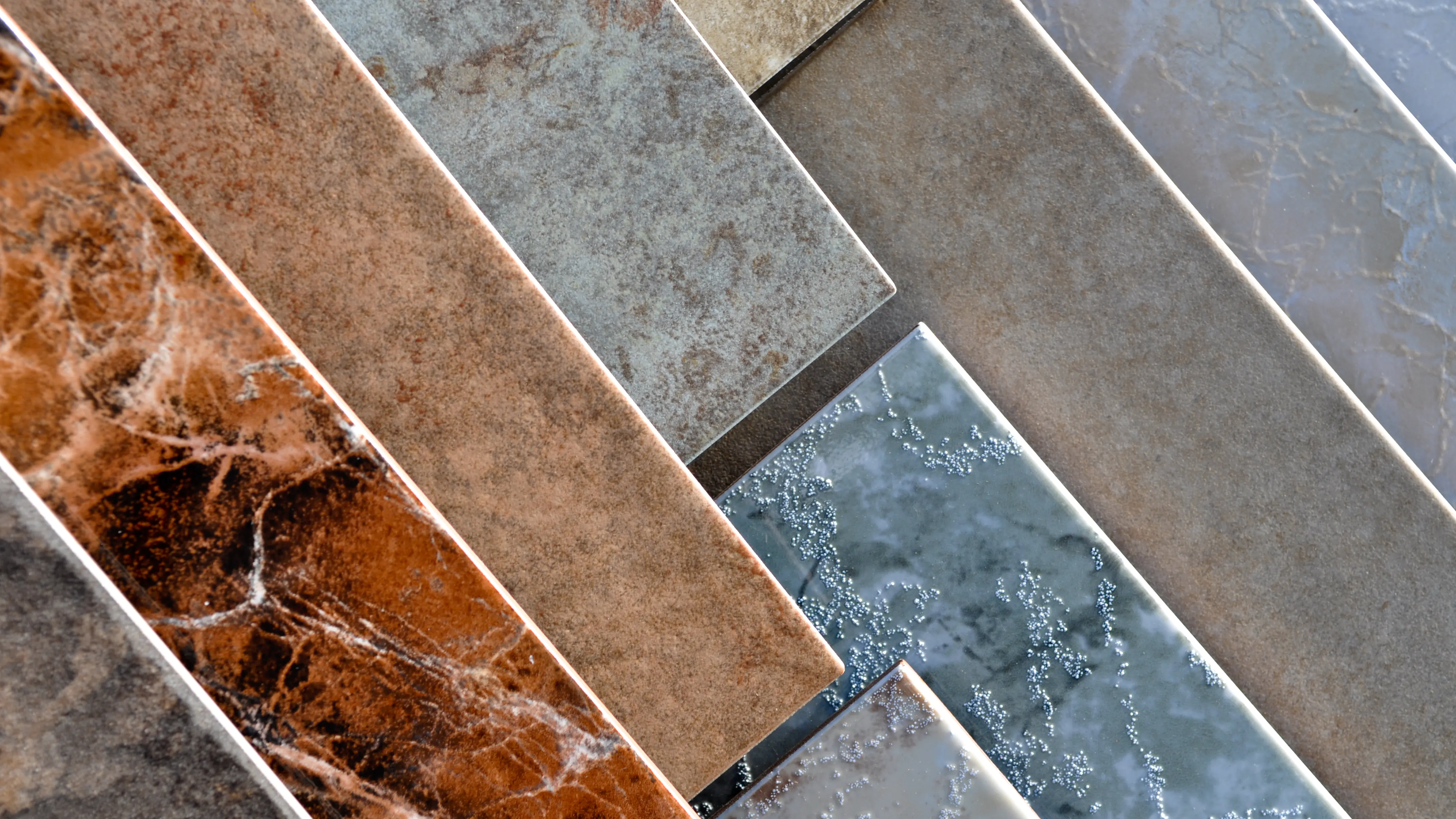
Ceramic Tile
Ceramic tile floors are a popular choice for flooring due to their durability and ease of maintenance. These tiles are made from clay and other minerals that have been fired in a kiln, resulting in a hard surface that can withstand heavy foot traffic without showing signs of wear or damage.
As such, they make an ideal candidate for covering with wooden flooring as they provide an even base layer which is necessary for proper installation. On top of that, ceramic tiles any additional materials or services before being covered by wood floors so this makes them both cost-effective and time-efficient when it comes to renovation projects.
Porcelain Tile
Porcelain tiles are made from clay and other minerals that have been fired at high temperatures, making them harder than ceramic tiles. This makes them an ideal candidate for covering with wooden flooring due to their strength and durability.
Just like ceramic tiles, porcelain tiles also don't require any additional materials or services before being covered by wood planks, which makes them both cost-effective and time-efficient when it comes to renovation projects.
Furthermore, the smooth surface of these tile floor provides a perfect base layer for the proper installation of hardwood planks over existing tile floors without creating bumps or unevenness in the finished product.
Stone, Marble, and Granite Tile
Stone, marble, and granite tiles are popular types of tile floor due to their unique patterns and colors. However, they are not suitable for covering with wooden flooring as the surface texture is often too uneven or irregular. This can result in an uneven base layer which could cause issues such as bubbling or cracking over time.
These materials may also be too thick to allow for a successful installation on top of them without creating additional problems down the line. As such, it is important to keep this in mind when considering any renovation project that involves hardwood floors over existing tile floor.
Hardwood Floors
When it comes to covering pre-existing tile with hardwood flooring, several different types of wood can be used. From budget-friendly options such as laminate to more expensive solid woods, the type of wood chosen will depend on the desired look and feel of the space, as well as one's budget.
However, regardless of which type is chosen, it is important to understand the characteristics and benefits each option provides to ensure a successful installation that will last for years to come.
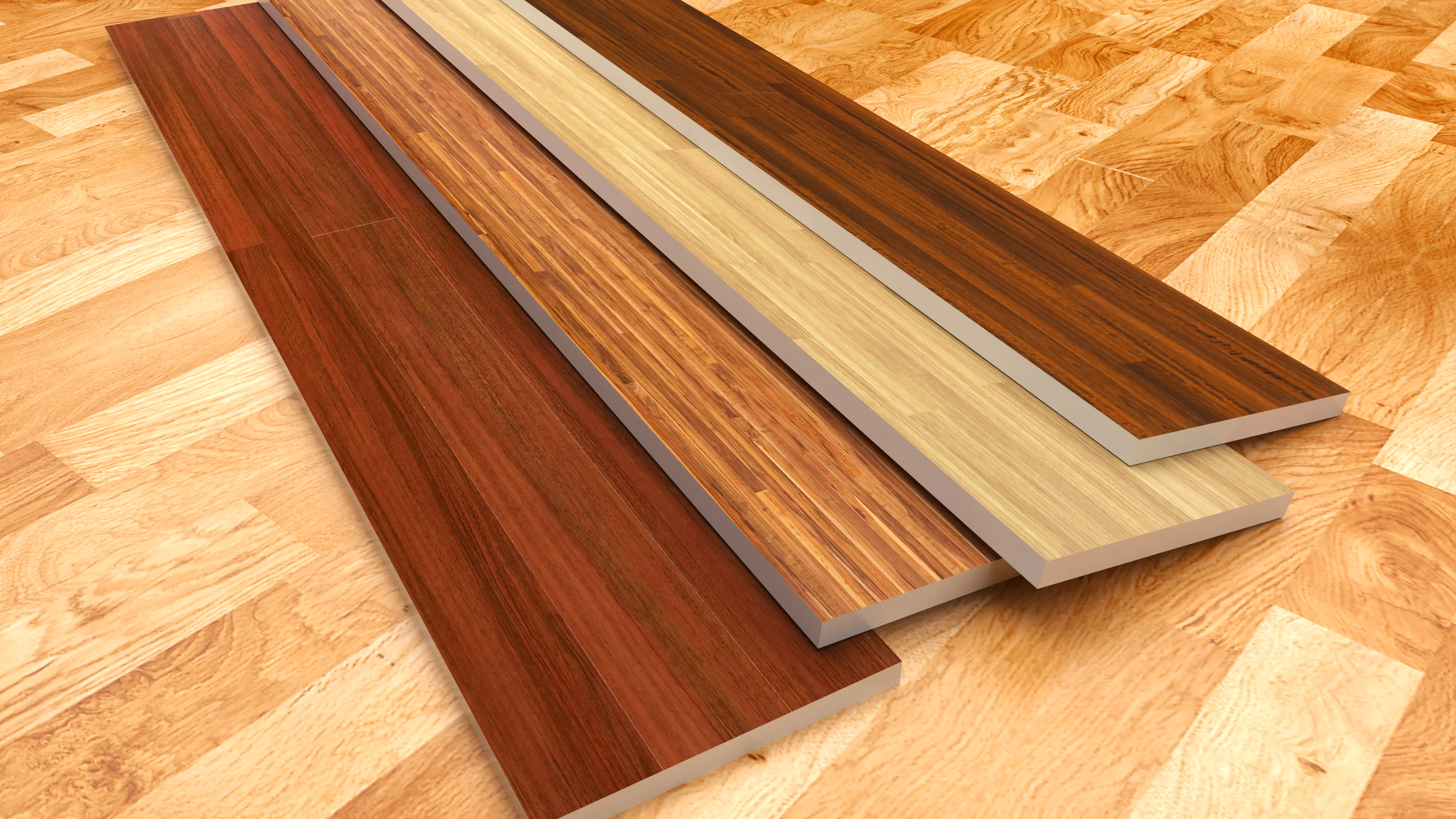
Laminate Flooring
Laminate is an affordable and durable type of hardwood floor that can be used for covering up tile floors. It is composed of several layers of synthetic materials that are pressed together to create a strong, waterproof surface. This makes it perfect for areas prone to moisture issues such as bathrooms or kitchens.
Furthermore, laminate flooring comes in a variety of colors and textures which makes it easy to match with existing décor. Its easy installation process means that it can be installed quickly without the need for additional services or material costs, thus saving time and money on your project's budget.
Engineered Hardwood Flooring
An engineered hardwood floor is a great option for covering pre-existing tile floors as it provides the look and feel of solid wood while being more durable and price valued. It consists of several layers of plywood, which are bonded together to create a strong, stable surface.
This type of flooring is not only resistant to warping or shrinking due to moisture content but also can absorb sound which makes it ideal for homes with multiple stories or rooms.
Additionally, engineered hardwood flooring can be installed over most types of existing tiles without requiring any additional preparation work such as grinding down the surface or using adhesives making it time-efficient.
Solid Hardwood Floor
Solid hardwood flooring is a great choice for covering pre-existing tile floors as it provides a timeless and classic look. It consists of solid planks of wood that are glued together to create a strong, durable surface.
These floors are known for their natural beauty and warmth, as well as their ability to last generations with proper care and maintenance.
They can be sanded down multiple times over the years to refresh the finish without having to replace them entirely. Additionally, due to its thickness, solid hardwood flooring can provide extra sound insulation when installed on top of existing tiles.
Lastly, solid hardwood floor requires little preparation work before installation such as grinding down the surface or using adhesives.
Conclusion
When you install hardwood flooring over existing floors, there are a variety of options available. From budget-friendly laminate to more expensive solid hardwood floors, each type provides its unique benefits and drawbacks that must be considered before making a decision.
Ultimately, with the right planning and execution, any project involving hardwood floors can be successful in providing a timeless look for your home or business while also being durable enough to last for years to come.
With this knowledge at hand, you should now have all the information necessary to make an informed choice on covering tile floor with hardwood floor. feel free to reach out for any questions


